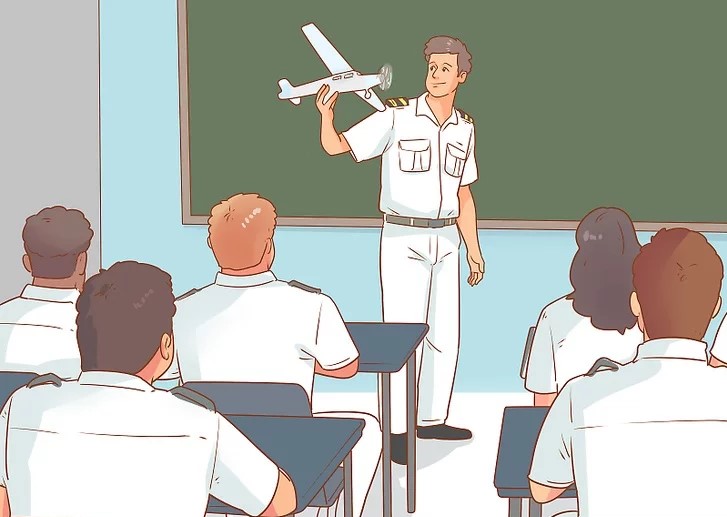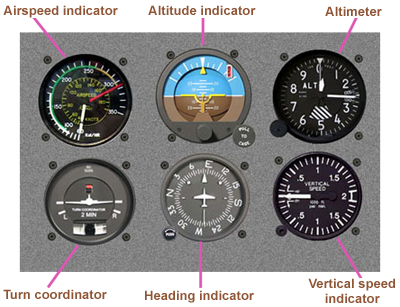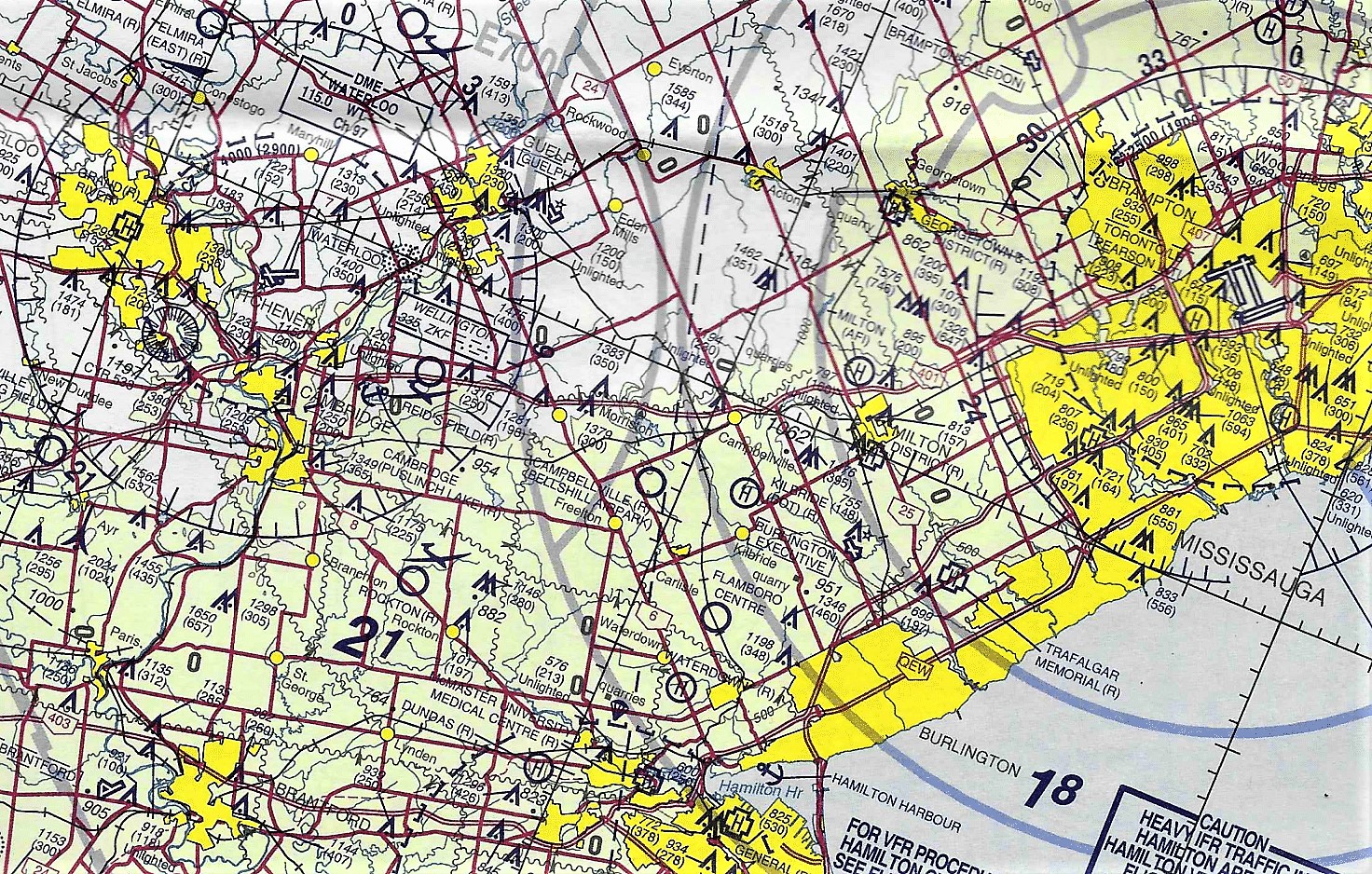What is ground school?
Ground school is where students learn all the necessary information for passing their written exam. It is mandatory that each student complete at least 40 hours of ground school to obtain their license. Ground school is offered at most aviation training facilities throughout the year and has recently started being offered online as well. Ground school for a Private Pilot License covers the 4 mandatory subject areas of written exam: aeronautics - general knowledge, air law, navigation, and meteorology.

Aeronautics - General Knowledge
The general knowledge section is broken down into 5 sections:
- Airframes, Engines, and Systems
- Theory of Flight
- Flight Instruments
- Flight Operations
- Human Factors
Each of these sections have further subtopics that will deepen your understanding of the anatomy of a single-engine plane, what makes a plane fly, and human factors that can affect the performance of your flight. One of the dominant topics discussed in general knowledge is flight instruments. These instruments are located in the cockpit of an aircraft for pilots to understand where the plane is, how fast it is travelling, and more information. There are 6 basic aircraft instruments that are often referred to as the six pack. Below is an illustration of what these instruments typically look like.

Air Law
The air law portion of the ground school content is broken down into 5 categories:
- General Provisions
- Aircraft Identification, Registration, and Operation
- Aerodromes and Airports
- Personnel Licensing and Training
- General Operating and Flight Rules
This portion is based on the Canadian Air Regulations (CARs). It is crucial for each pilot to understand their responsibilities and legalities involved in aviation. One of the interesting topics taught in air law is understanding Canadian airspace. Airspace is the entire area in the atmosphere immediately above the earth. It is further broken down into classes that determine the restrictions and requirements in that area. Below is an illustration that summarizes each of the classes, ranging from class A to class G.

Navigation
There are many topics that fall under the navigation section, these are some of the most important ones:
- Aeronautical Maps and Charts
- Time and Longitude
- Pilot Navigation
- Flight Planning
- Radio Theory
These topics from the navigation portion of ground school will teach you how to effectively plan your flight routes, properly communicate through the radio, and much more. In order to fly safely, pilots must be comfortable understanding aeronautical maps, and plan their route accordingly. The most common type of chart used by pilots is the VFR Navigation Chart (VNC), which provides all the necessary information for visual navigation including airspace, topography, airport data, and a detailed legend. Below is a very small portion of a VNC around the Waterloo, Burlington, and Brampton area.

Meteorology
There are many topics covered in the meteorology chapter, most fall into these categories:
- The Earth’s Atmosphere
- Weather Reports and Forecasts
- Temperature, Moisture and Clouds
- Wind and Turbulence
- Air Masses, Fronts, and Aircraft Icing
Meteorology is the study of the atmosphere that focuses on weather processes and forecasting. Pilots must thoroughly understand the weather because it determines every aspect of the flight. One interesting topic that is covered in meteorology is understanding the types of clouds, what they mean, and when you should avoid them. The illustration below shows various depictions of cloud types and their height level. One of the most dangerous clouds for pilots are cumulonimbus clouds. These clouds are vertically developed and should be avoided as much as possible. They can cause violent turbulence, very unstable air, and a strong possibility of aircraft icing.
